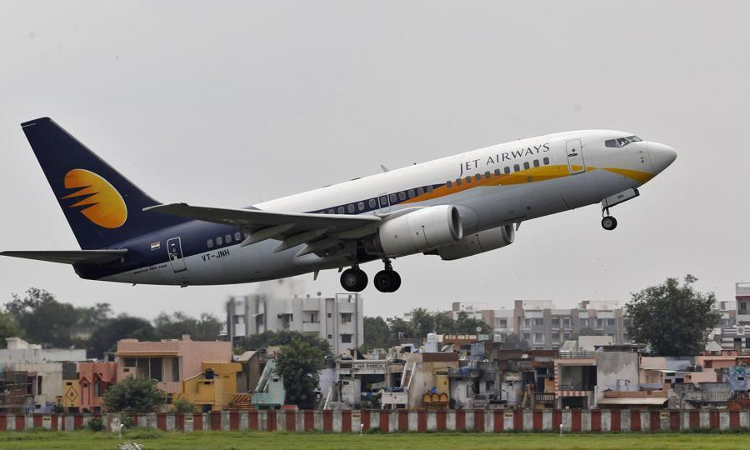Decoding The First Ever Conviction Under The Anti-Hijacking Act, 2016
Karan Tripathi
16 Jun 2019 3:03 PM IST

Next Story
16 Jun 2019 3:03 PM IST
NIA Special Court in Ahmedabad recently pronounced its judgment in the Jet Hijacking Case, making the accused Birju Kishor Salla the first convict under the Anti-Hijacking Act of 2016. The issue before the court was whether by preparing and placing the threat note in the tissue- paper box in the Jet Airways Flight No.9W-339, the accused tried to unlawfully and intentionally...
